Afghanistan after withdrawal of US, NATO troops - vague chance for peace - COMMENTARY
- 18 May, 2021
- 12:05
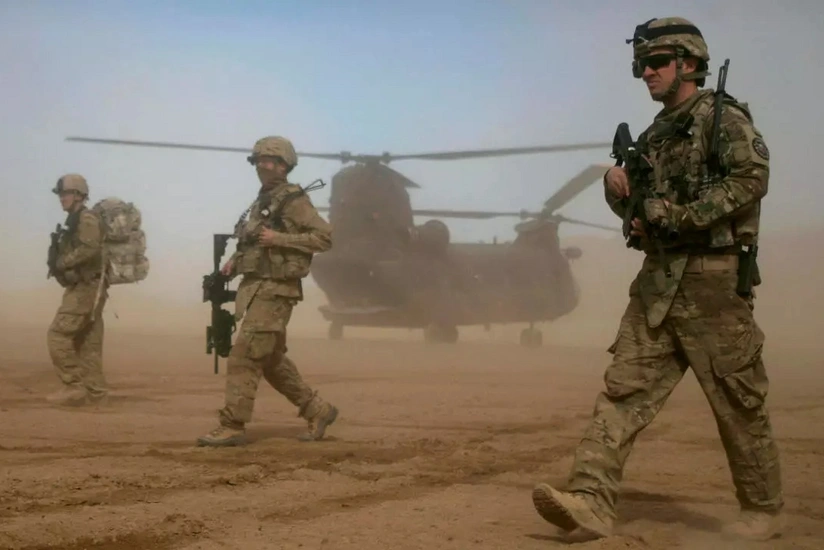
Disputes in different world countries arise from the conflict of the great powers' interests. Afghanistan is one of the countries where the armed conflict does not end. The government declared independence from the British Empire on August 19, 1919.
In fact, even the British could not annex it. During the years of the British rule, Afghans fought against colonialism, and this continued later. The 1979 conflict between the United States and the former Soviet Union sparked a new war in Afghanistan. Despite the withdrawal of Soviet troops and the USSR collapse, unfortunately, the conflict continues.
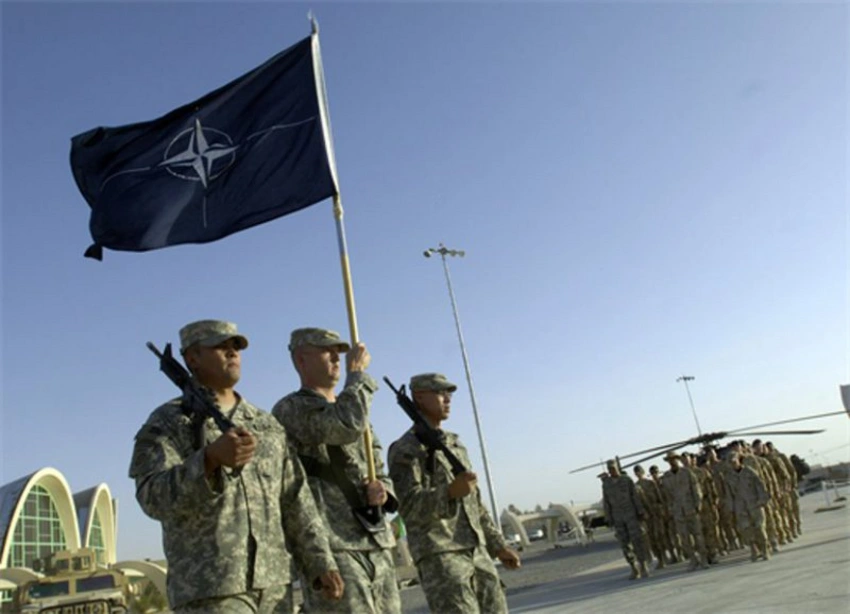
NATO deployed troops to Afghanistan following the terrorist attack in the United States on September 11, 2001. It further exacerbated the civil war in the country. As a result of the actions of NATO forces, the 'Taliban' government was overthrown. The United Arab Emirates (UAE) and Saudi Arabia, which recognized the Islamic Emirate of Afghanistan (called by the Taliban, now officially the Islamic Republic of Afghanistan), cut ties with the country on September 22 of the same year. Instead, new forces came through elections. However, the overthrow of this organization did not help stabilize the situation. The Taliban has not officially ruled Afghanistan for nearly 20 years. However, according to unofficial sources, half of the country's territory is under their control.
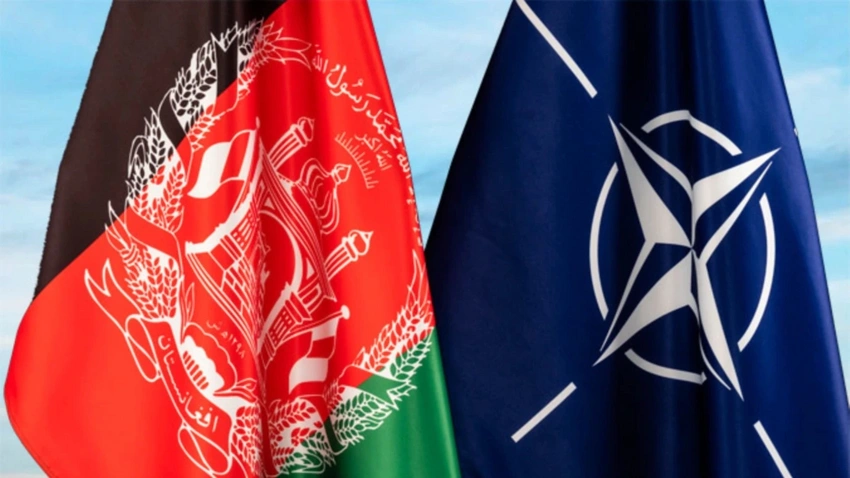
Former US President Donald Trump promised to withdraw troops from several countries, including Afghanistan. One of the first steps taken by the current President Joseph Biden was to remove the army from this country. US and NATO forces officially began withdrawing from Afghanistan on May 1. The Pentagon says 60 US troops left Afghanistan on May 1. According to estimates, there are some 2,500 to 3,000 US service members in Afghanistan. Along with the US military, 7,000 NATO servicemen have been withdrawing from Afghanistan since May 1.
By the way, NATO has been withdrawing its forces from this country since 2011. The US and its NATO allies entered Afghanistan on October 7, 2001, following the 9/11 attacks. More than $ 2 trillion has been spent on military operations in Afghanistan over the past 20 years, according to Brown University. During this period, 2,442 US soldiers were killed, 20,666 were wounded, and NATO lost 1,144 service members.
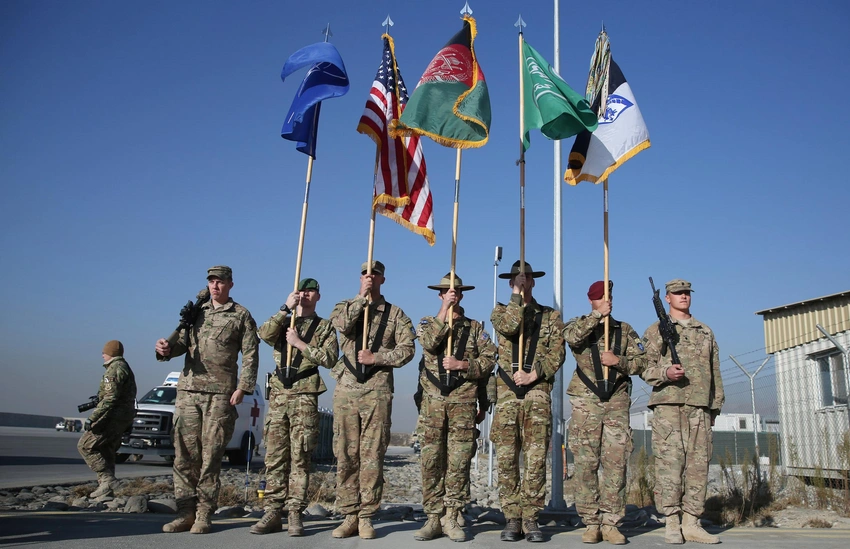
What problems could the withdrawal of NATO and the US troops from Afghanistan create in the region? There have been recent reports of talks between Taliban officials and US and Afghan officials. Russia is also reported to have contacts with members of the movement. Does it mean that the Taliban is not a terrorist organization ?! The countries of the region, including China, are concerned about the removal of foreign troops. Beijing has called the withdrawal of US troops a "hasty" step, saying it would jeopardize the peace process in Afghanistan. Even Russia does not hide its concern. On April 27, Russian Defense Minister Sergei Shoygu visited Afghanistan and neighboring Tajikistan. He spoke about military exercises between Russia and Tajikistan. Earlier, Russia's 201st base in this country and more than 3,500 servicemen of the Tajik Armed Forces conducted joint exercises at the Military Field, Sambuli, and Momirak border training areas. On May 16, Russian President Vladimir Putin instructed to sign an agreement with Tajikistan on the establishment of a regional air defense system union. On May 8, Vladimir Putin received his Tajik counterpart Emomali Rahmon in Moscow.
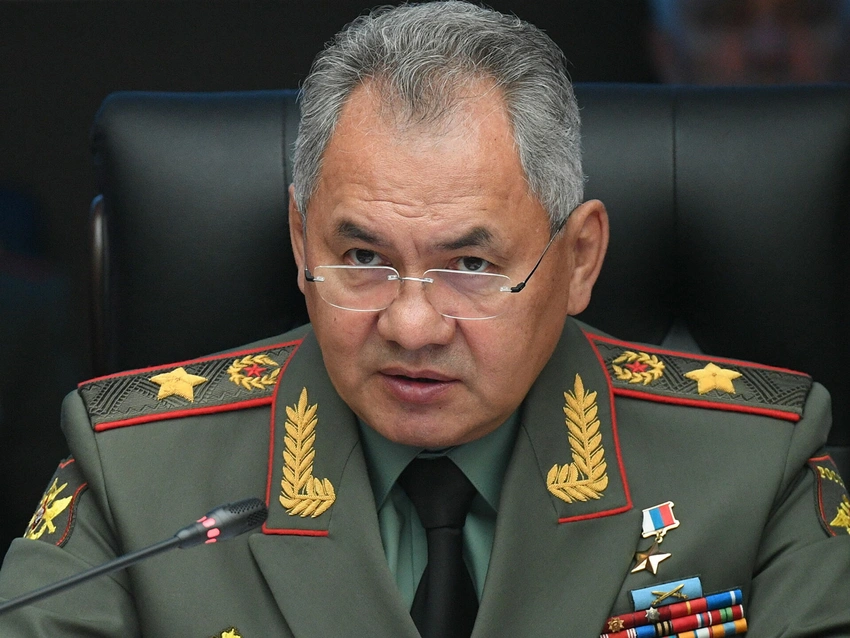
Meanwhile, the US may deploy troops from Afghanistan on the border with Iran to the Gulf. In all cases, the White House has not made an official statement on the future of the troops, which were and will be withdrawn from Afghanistan. It can be assumed that the Central Asian states are concerned about the possible escalation of the situation in the region. The recent incident on the border between the Kyrgyz Republic and Tajikistan, which resulted in the loss of civilians, suggests that the case is sensitive. This could lead to the West being pushed out of Central Asia, and the conditions that are likely to arise may not be in the interests of Kazakhstan, Uzbekistan, Turkmenistan, and Kyrgyzstan.
In general, both in 1979 and in 2001, the foreign troops created a new social, political and military situation in Afghanistan. Even after the withdrawal of the Soviet army, the situation changed and became tense. Residents fleed the country amid the raging war. A similar problem was observed during the Taliban regime. After the Taliban government was ousted in 2001, the country saw no end to civil war and emigration. At that time, the Talibs were among those fighting against the authorities.
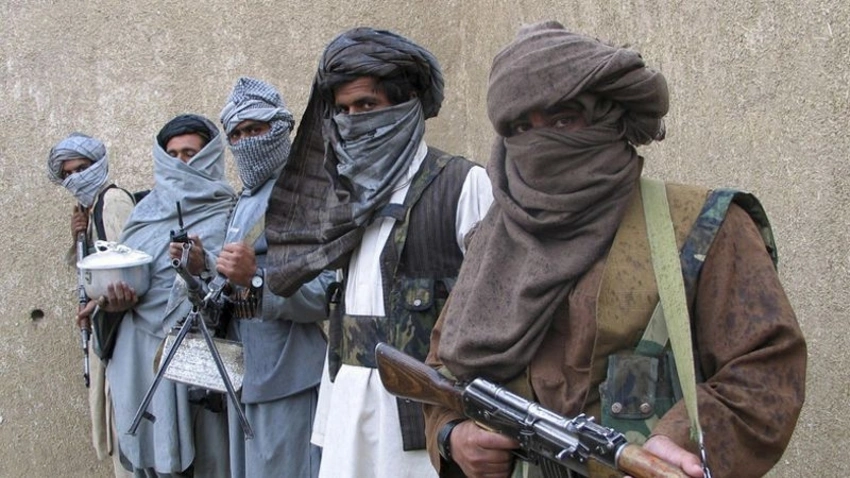
Now the United States and NATO are leaving the country. Will the Taliban come to power again, or will they bring this movement? It is not ruled out that the same events will happen again. It can be concluded that Afghanistan faces a problem both when foreign forces intervene and leave the country. Unofficial sources say the Taliban has more than 50,000 experienced fighters. The US has also created a new modern army in Afghanistan. The head of the US Central Command, General Frank McKenzie, said he doubted Afghan security forces would defend the country independently. CIA Director William Burns also paid an unannounced visit to the Islamic Republic. He is believed to have discussed Kabul officials' ability to fight local forces after the withdrawal of foreign troops. Before the visit, the director said that there was a risk that ISIS and al-Qaeda would re-establish their influence in Afghanistan after the withdrawal of the troops. Russian Foreign Ministry spokeswoman Maria Zakharova has claimed that al-Qaeda centers operate in 11 Afghan provinces and that the Taliban control more than half of the country's territory. The number of ISIS militants in the country is estimated at about 4,000. These terrorist groups are carrying out a series of terrorist attacks in Afghanistan.
We would like to draw attention to another issue related to Afghanistan. According to unofficial sources, after the entry of NATO forces, the area planted with narcotics in the Islamic Republic increased by 20 times, reaching 163,000 hectares. According to some reports, Afghanistan supplies more than 80% of the world's opium market. 24 out of 34 provinces of the country produce drugs en masse. This begs the question of how the foreign forces contributed to Afghanistan in terms of development, the well-being of its people, and living in peace in the past 42 years? Based on what happened, there is an answer to this question: Nothing. There was no peace in the life of this country after the arrival or departure of foreign forces. It is the intervention and foreign interests that have led Afghanistan to such a situation. There has been no peace in this country for the last century. After the Britons left, the Soviets came, and after the Soviets left, the Americans came. And now the Americans are leaving again. For 100 years this country's residents have never had the opportunity to solve their problems and they are unlikely to have it once the US troops are withdrawn...
